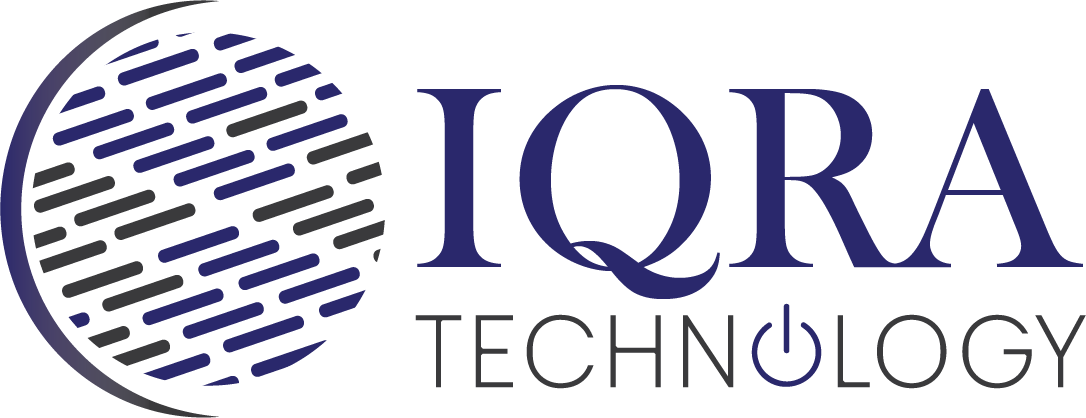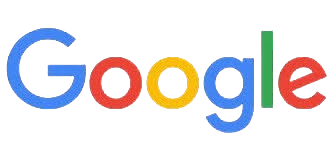Introduction to SEM
In today’s digital world, simply having a website is not enough. You need people to visit it—especially those who are searching for what you offer. This is where Search Engine Marketing (SEM) becomes important.
Whether you’re running a small bakery, an online store, or a global brand, SEM helps you appear on top of search engine results by running paid ads on platforms like Google and Bing. It’s one of the fastest ways to attract the right audience to your website.
Let’s explore what SEM is all about, why it matters, how it differs from SEO, and which platforms are used the most.
What is SEM?
Search Engine Marketing (SEM) is the practice of promoting your website through paid advertisements that appear in search engine results. These ads are usually shown above the organic (non-paid) search results and are marked with labels like “Ad” or “Sponsored.”
You choose keywords related to your business, create ads, and bid on those keywords. When someone searches for that keyword, your ad may appear. If they click on it, you pay a small fee—this is why SEM is often called PPC (Pay-Per-Click) advertising.
SEM vs. SEO – What’s the Difference?
Though both SEM and SEO help your website appear on search engines, they work in different ways.
| Feature | SEO (Search Engine Optimization) | SEM (Search Engine Marketing) |
|---|---|---|
| Cost | Free (but takes time and effort) | Paid (you pay for each click) |
| Speed of Results | Takes weeks or months to see results | Instant visibility |
| Placement | Organic search results (below ads) | Top of the page (ads section) |
| Longevity | Long-term traffic | Works only while the ad runs |
| Click Behaviour | Trusted more over time | Gets quick clicks for buying intent |
Simple Analogy:
- SEO is like planting seeds in a garden. You water them and wait for growth.
- SEM is like buying vegetables directly from the market—you get them instantly.
Why is SEM Important in Digital Marketing?
SEM has become one of the most effective tools for businesses that want to grow quickly online. Here’s why:
1. Quick Visibility
SEM helps your brand show up on top of search results within hours. It’s perfect for new websites or limited-time offers.
2. High Intent Targeting
You reach people who are already looking for your product or service. These users are more likely to buy, book, or contact you.
3. Full Control
You can choose:
- Which locations your ad shows in
- Which time of day it runs
- What devices it appears on
- Who your audience is
4. Budget-Friendly
You set your own daily or monthly budget. Start with as little as ₹500, analyze the performance, and scale up as needed.
5. Real-Time Tracking
SEM platforms show you real-time performance reports—how many people saw your ad, clicked on it, and took action (like filling a form or purchasing).
Popular SEM Platforms
There are several advertising platforms that allow you to run SEM campaigns. The two most widely used are:
1. Google Ads
Google is the most popular search engine in the world. Google Ads allows you to run:
- Search Ads (text ads on search results)
- Display Ads (banner ads on websites)
- Shopping Ads (product images with prices)
- YouTube Ads (video ads)
- App Promotion Ads
Example:
A local gym can run a Google Search Ad for “best gym near me” and get leads within a few hours.
2. Microsoft Ads (Bing Ads)
This platform is used to show ads on Bing, Yahoo, and AOL. It’s often cheaper than Google Ads and can be very useful for targeting users in countries like the US or UK.
3. YouTube Ads (via Google Ads)
You can run video ads before or during YouTube videos. This is perfect for product demos, customer testimonials, or brand awareness.
Summary
- SEM is a paid method to bring your website on top of search results quickly.
- It helps businesses get more traffic, leads, and sales.
- Unlike SEO, which takes time, SEM delivers instant results.
- Platforms like Google Ads and Bing Ads allow detailed targeting and flexible budgets.
- SEM is essential for any business looking to grow fast in the digital space.
Real Life Example:
Imagine you own a small bakery in your neighbourhood. You just launched a new website but no one knows about it yet. You want customers who are searching online for “fresh cakes near me” to find your bakery quickly. Instead of waiting months for your website to appear in Google’s organic results, you create a Google Ads campaign targeting that exact phrase.
Within hours, your ad shows up at the top of the search results, right where hungry customers are looking. When they click your ad and visit your website, they can place orders immediately. This instant visibility brought by SEM helps your bakery get noticed and make sales faster than waiting for SEO to take effect.




